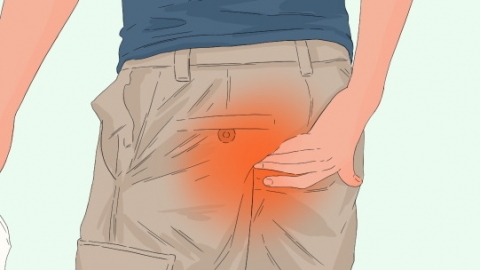How long does the quiescent phase of an anal fistula last?
There is no fixed duration for the quiescent phase of anal fistula, which can range from several months to several years, varying greatly among individuals. It primarily depends on the complexity of the fistula tract, the patient's immune status, and daily care practices. The quiescent phase tends to be relatively longer in simple anal fistulas, whereas in complex cases, repeated stimulation from lesions often results in a shorter quiescent period. Detailed analysis is as follows:

In simple anal fistulas, the fistula tract is straight with few branches. After infection is controlled and local inflammation subsides, a relatively long quiescent phase may occur. During this stage, patients typically experience no obvious symptoms such as pain or pus discharge, only occasional mild discomfort around the anus. With proper care, this quiescent phase may last from 1 to 3 years or even longer. However, the fistula does not heal spontaneously and remains prone to recurrence.
In complex anal fistulas, the tracts are curved and have multiple branches, often harboring residual infection sites. The quiescent phase usually lasts only 3 to 6 months. When immunity decreases due to fatigue or consumption of spicy and irritating foods, bacteria can become active again, triggering an acute episode characterized by symptoms such as anal redness, swelling, pus discharge, and pain.
In daily life, it is important to maintain anal hygiene, avoid prolonged sitting, eat a light diet, and strengthen immunity to reduce the frequency of acute episodes, thereby creating favorable conditions for subsequent treatment.




